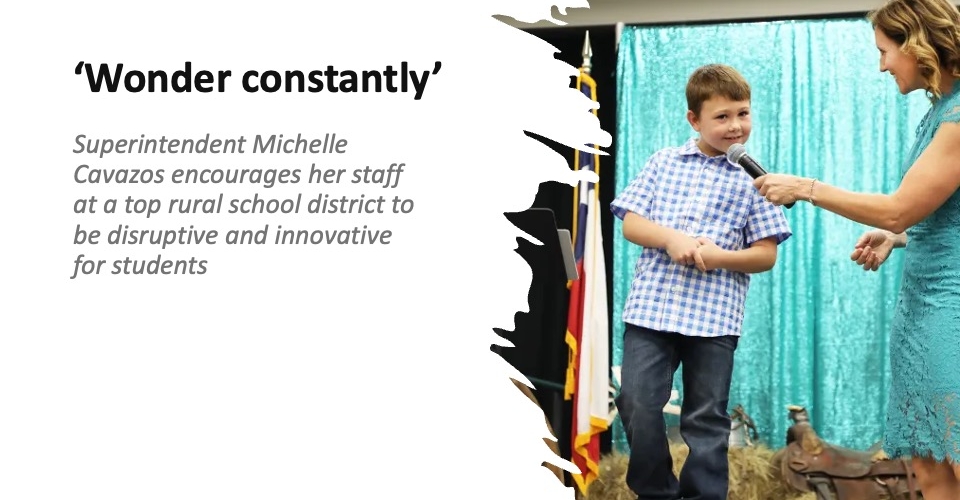The pre-pandemic shift from zero tolerance to restorative discipline is buckling across K12, even years after the return to in-person learning, as educators continue to grapple with a surge of misbehavior in all grade levels.
Leaders in district after district, sometimes with prodding from state legislators, are now rolling back more lenient policies and relying again on suspensions and other measures to prevent disruptive behavior. The backlash is taking place even as data continues to show that Black students and other groups of children continue to face discipline that’s disproportionately more severe.
A restorative discipline dilemma?
This week, the Prince William County school board in Maryland revised the district’s discipline policies to remove restorative-based conferences or circles as methods that educators can use for handling more serious misbehavior, WTOP reported. Those aspects of restorative discipline function more effectively as preventative measures, meaning Prince William County educators may rely on suspensions when responding to severe misconduct, district officials told WTOP.
Still, restorative practices have reduced the rates of misbehavior, Ashley Reyher, the division’s superintendent for special education, told WTOP. “It’s really to get ahead of student behaviors occurring,” she explained. “It’s working with schools to teach students ways that they can demonstrate the expected behaviors positively. … It’s very different than replacing consequences.”
Next door in Delaware, data show that discipline remains an area of glaring inequality in K12 schools. In 2021, 7% of the state’s students were suspended but Black students accounted for more than 12% of those suspensions (compared to about 4% for white students). Black students represent a notably smaller portion of Delaware’s K12 enrollment, according to data cited by the Delaware News Journal.
And though the state has about half as many Hispanic students as white students, the former group was also suspended at a slightly higher rate, the Delaware News Journal reported.
More from DA: How ongoing turnover at the top is impacting superintendent salaries and bonuses
A just-published analysis of a large urban district in California found that a small number of teachers are themselves disproportionately skewing discipline rates. The top 5% of teachers who most often refer students to the principal’s office do so “at such an outsized rate that they effectively double the racial gaps in such referrals,” an American Educational Research Association study finds.
And those referrals were primarily issued for “more subjective reasons”—such as interpersonal offenses and defiance—rather than violence, drug use or skipping class. “The positive takeaway was that the group of top referrers in our study represented a relatively manageable number of educators, who could be targeted with interventions and other supports,” says one of the study’s authors, Jing Liu, an assistant professor in education policy at the University of Maryland, College Park.
Where the law is changing
School districts in Nevada are no longer required to have a restorative discipline plan under a new law that also allows administrators to suspend or expel students without first trying restorative practices. The law lowers the age limit for suspension and expulsion from 11 to 6, the Las Vegas Sun reported.
And a new law in Kentucky requires school boards to expel for at least 12 months any students who threaten or pose a danger to classmates or staff. Schools can also suspend disruptive students who are removed from class three times in a 30-day period. Principals can transfer disruptive students to alternative education programs.









